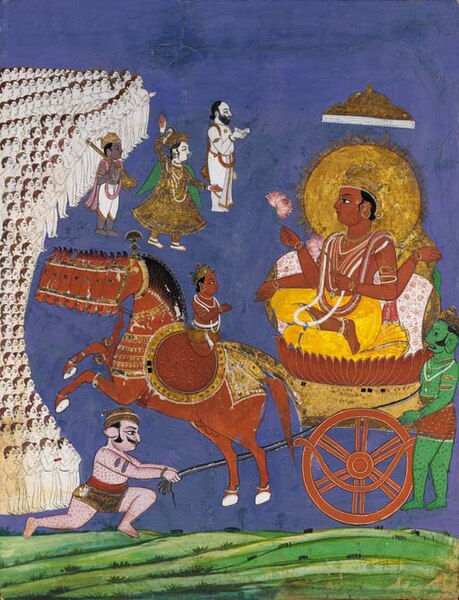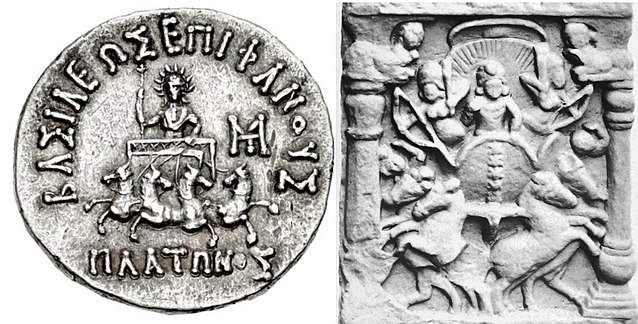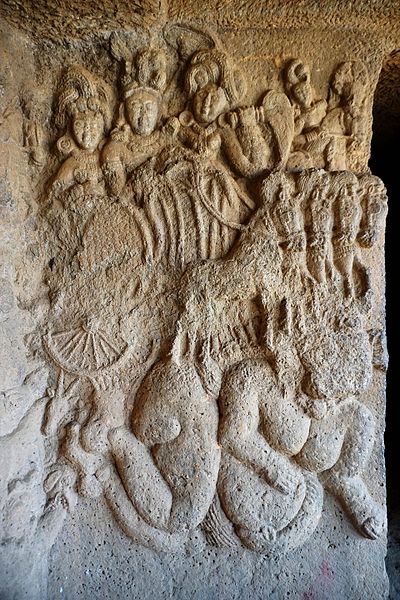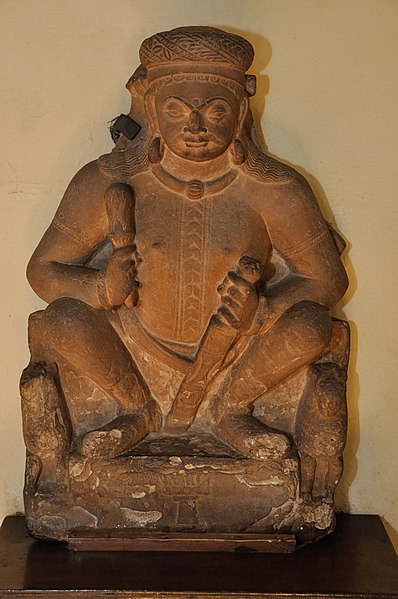Makar(a) Sankranti, also referred to as Uttarayana, Makar, or simply Sankranti, is a Hindu observance and a festival. Usually falling on the date of 14 January annually, this occasion marks the transition of the sun from the zodiac of Sagittarius (dhanu) to Capricorn (makara). Since the sun has made this transition which vaguely coincides with moving from south to north, the festival is dedicated to the solar deity, Surya, and is observed to mark a new beginning. Many native multi-day festivals are organised on this occasion all over India.
Holy dip by devotees in river Ganga on the occasion of Makar Sankranti
A night lit up on Makar Sankranti Uttarayana Festival with Kites and Lights.
Kite flying is a tradition of Makar Sankranti in many parts of India.
Feast of Makar Sankranti
Surya is the Sun as well as the solar deity in Hinduism. He is traditionally one of the major five deities in the Smarta tradition, all of whom are considered as equivalent deities in the Panchayatana puja and a means to realise Brahman. Other names of Surya in ancient Indian literature include Aditya, Arka, Bhanu, Savitr, Pushan, Ravi, Martanda, Mitra, Bhaskara, Prabhakara, Kathiravan, and Vivasvan.
Painting of the god Surya, 19th century
A Hellenistic coin of Plato of Bactria (145–130 BCE) with the sun god Helios (left), and depiction of Surya in a Buddhist relief at Bodh Gaya (2nd century BCE), its earliest known depiction in India (right).
Surya on his charriot with horses, Bhaja Caves (1st cent BCE).
A Surya of the Kushan period, in northern clothing. 2nd–3rd century CE, Art of Mathura.








